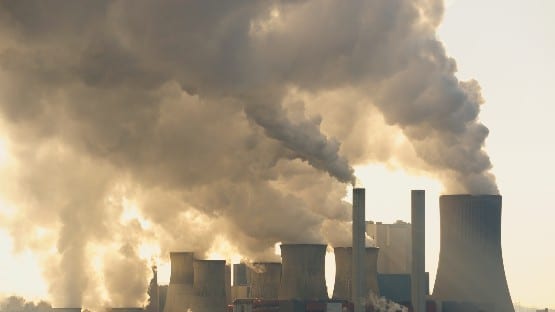
Cost-share grants from the Department of Conservation and Recreation will help farmers voluntarily install stream exclusion fencing, which keeps animals from drinking out of and wading into streams. The practice helps reduce soil erosion and nutrient runoff into the Chesapeake Bay and its tributaries.
From 2013 until the end of June, DCR offered financial aid to farmers for installing stream fencing—up to 100 percent of the cost to farmers who met their criteria. To be eligible for the 100 percent funding, farmers had to include a 35-foot buffered setback from the nearest stream.
“I applied for it a year ago,” said Dr. John Hale, an Essex County beef cattle farmer. “The conservation service is so overwhelmed with applications that they rolled my project forward for at least a year. I’m hoping we’ll get it done this winter.”
According to DCR Director of Soil and Water Conservation Darryl Glover, farmers have applied for $73 million in cost-share grants, which averages about $50,000 per project.
Farmers have been voluntarily fencing their livestock out of streams for years, but funding the practice has remained a constant challenge. “Fencing is costly, and most farmers don’t have the extra income it requires so cost-share funding is critical,” said Wilmer Stoneman, Virginia Farm Bureau Federation associate director of governmental relations. In many cases, “farmers are ready and willing to install these conservation practices; they just need some financial help.”
Fencing and alternate water sources are among many effective conservation practices that have helped reduce nutrient runoff and soil erosion. A Virginia Tech study of off-stream water sources found that stream-bank erosion decreased by 77 percent on farms that installed that equipment, while phosphorous runoff decreased by 81 percent.
A recent assessment by the U.S. Environmental Protection Agency shows that, with farmers using voluntary conservation practices, Virginia is on track to meet its 2017 nutrient reduction goals for the bay.










